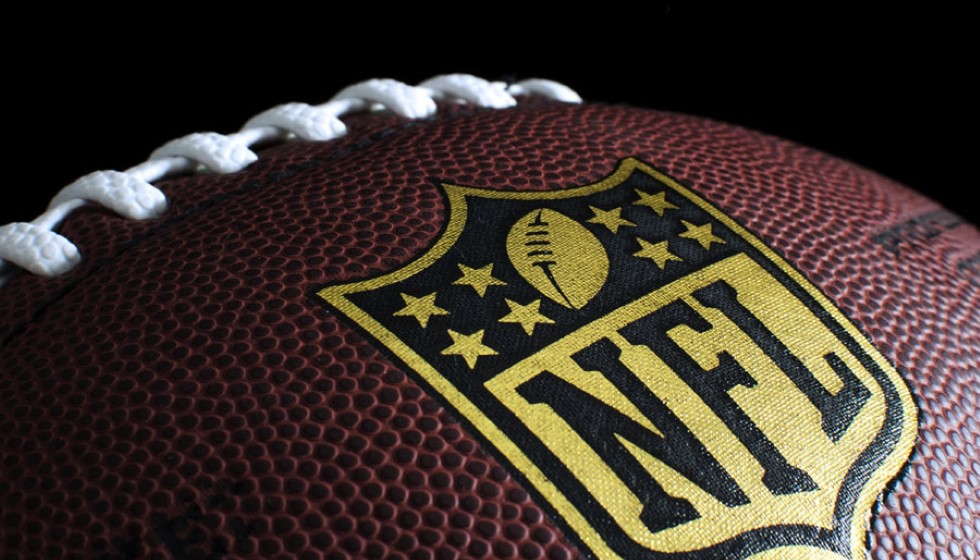
In a strategic move that underscores their cautious approach during this year's free agency, the Dallas Cowboys have made headlines for their subdued tactics while many of their competitors made significant splashes. The most notable acquisition for the Cowboys was 32-year-old linebacker Eric Kendricks, who was signed to a one-year deal valued at $3 million, with incentives potentially pushing the contract to $3.5 million. Kendricks will be stepping into the void left by the retiring Leighton Vander Esch, adding much-needed experience to the Cowboys’ defense.
On the offensive side, Dallas addressed their need at running back by re-signing Rico Dowdle to a one-year contract worth $1.255 million. Dowdle’s return provides some stability in the backfield, although the Cowboys’ ground game has been less than stellar so far. The team currently ranks 30th in the NFL in rushing, managing an average of just 73.7 yards per game. The running backs have accumulated a mere 170 yards and one touchdown on 49 attempts, averaging a disappointing 3.5 yards per carry.
Ezekiel Elliott also made a return to Dallas, agreeing to a one-year, $2 million contract that can reach $3 million through incentives. Despite Elliott's re-signing, the Cowboys still face a $6.04 million cap charge in 2024 due to his post-June 1 release designation. This financial maneuvering was part of a broader attempt to maintain salary cap flexibility, an element that owner Jerry Jones emphasized was crucial given the team's current predicament.
The Cost of Missing Out on Derrick Henry
One of the most significant free agency movements was Derrick Henry's decision to join the Baltimore Ravens on a two-year, $16 million contract. Henry's contract includes $9 million fully guaranteed and has the potential to escalate to $20 million with incentives. "I was like, man, if I'm not in Tennessee or I don't get to go to Dallas, I'd love to be a Raven," Henry said on the "Pivot" podcast, reflecting on his free agency journey. "They never reached out, you know what I'm saying? ... They weren't really interested. It is what it is," he added.
Henry's performance so far this season has proven his worth. He has amassed 281 rushing yards, which ranks fifth in the NFL, and he is tied at the top for rushing touchdowns with four. His average of 5.0 yards per carry and 65 rushing yards over expectation position him among the league's elite running backs. The Cowboys' inability to sign Henry was addressed by Jerry Jones, who admitted, "I like our personnel. We couldn't afford Derrick Henry."
Strategic Moves and Financial Discipline
As the Cowboys continue to navigate their financial constraints, Jerry Jones has been vocal about the team’s financial strategy. "We couldn't afford Derrick Henry," Jones reiterated multiple times, underscoring the importance of financial discipline. The structured deals and calculated risks Dallas adopts reflect their long-term vision, even if it comes at the cost of making fewer high-profile moves.
Looking at the larger picture, the Dallas Cowboys are clearly focused on maintaining cap flexibility and building a team that can compete over the long haul. The re-signing of players like Rico Dowdle and Ezekiel Elliott, combined with the prudent addition of Eric Kendricks, suggests a measured approach aimed at sustaining competitive balance rather than chasing immediate, and possibly fleeting, gains. Jerry Jones has proclaimed that Dallas would be "all in" for the 2024 season, setting the stage for potentially more aggressive moves down the line.
One notable trend across the league has been the escalating market for top-tier talent. The Philadelphia Eagles, for instance, made Landon Dickerson the NFL’s highest-paid offensive guard in March, signaling a broader trend of teams investing heavily in securing elite players. The Cowboys, in contrast, appear to be biding their time, ensuring they can stay within financial constraints while remaining competitive.
Ultimately, while it might seem the cautious approach leaves the Cowboys at a disadvantage in the short term, the organization is aligning its strategy with long-term sustainability. Whether this balance of frugality and competitive spirit will pay off remains to be seen, but one thing is evident: the Dallas Cowboys are playing the long game, and their eyes are firmly set on the future.